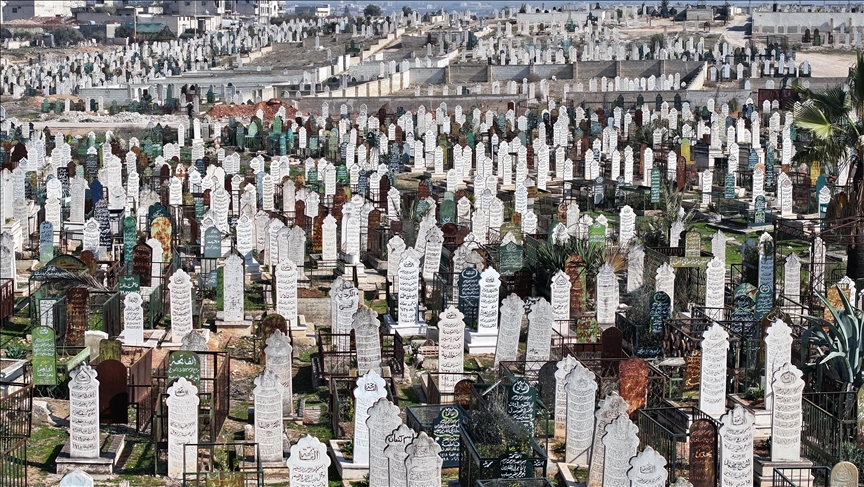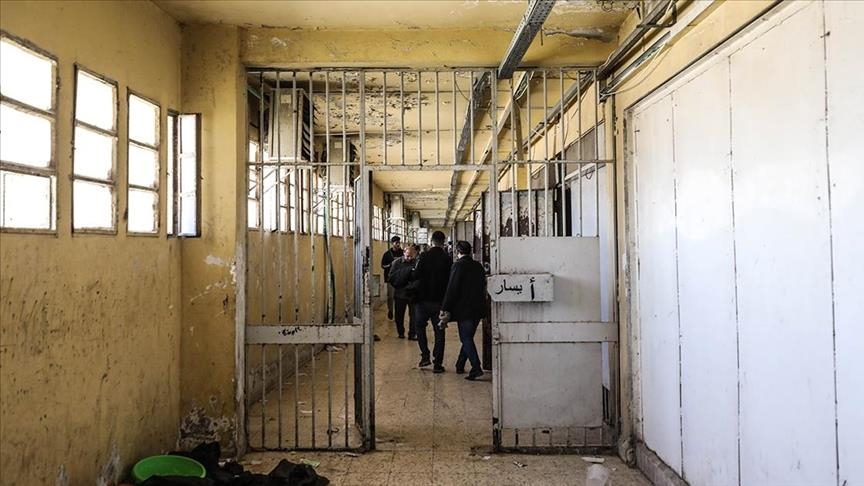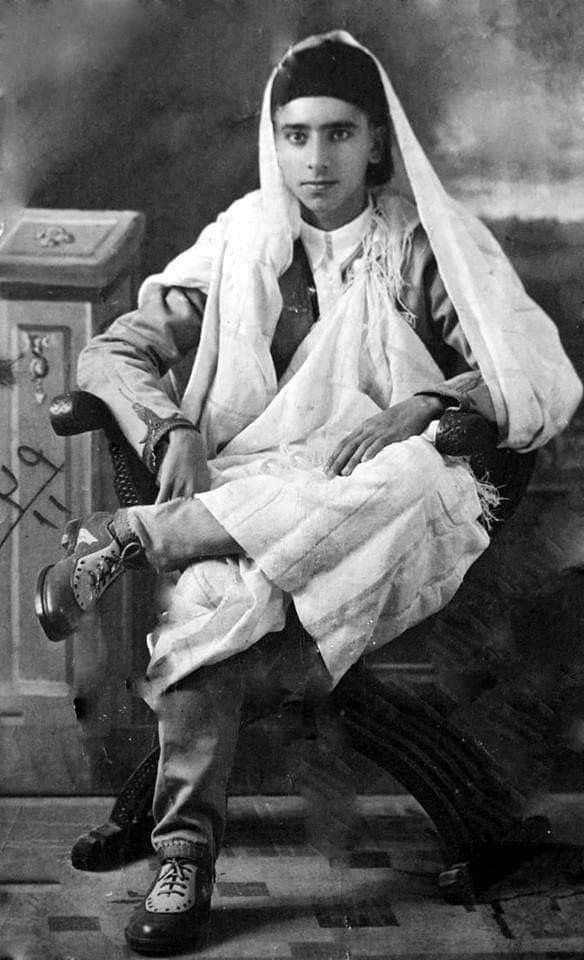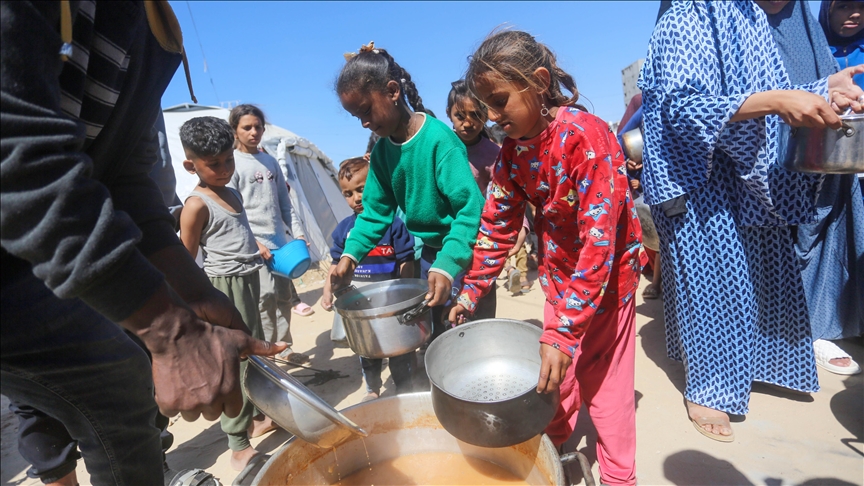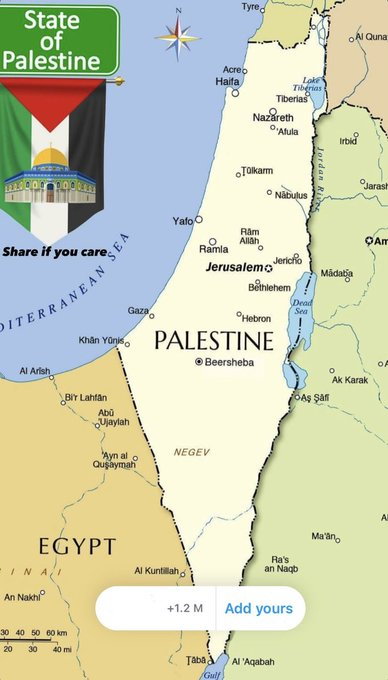Survivors Speak of a Massacre Long Forgotten in Syria
Forty-three years ago, Syria’s former Baath regime carried out one of the country’s deadliest atrocities — the 1982 Hama Massacre — killing tens of thousands and leaving thousands more missing.
The Baath regime, which seized power in a 1963 coup and was overthrown in December 2024, launched its bloodiest crackdown in Hama, a city known for its conservative society and opposition to the government.
In late January 1982, forces loyal to then-President Hafez al-Assad laid siege on the city under the pretext of suppressing an uprising by the Muslim Brotherhood group.
The attack was led by the Defense Brigades, commanded by Rifaat al-Assad, alongside Special Forces, Conflict Brigades, the 21st Airborne Regiment, and various security and paramilitary units — amounting to at least 20,000 troops.
Tanks and artillery surrounded Hama as the assault began on Feb. 2 with airstrikes, followed by heavy shelling. Water, electricity, and communications were cut off. Regime forces engaged in mass executions, looting, and sexual violence. Young men above 15 were abducted and separated from their families.
At least 40,000 killed, 17,000 missing
According to the Syrian Network for Human Rights (SNHR), at least 40,000 civilians were killed, either in the bombardment or executed by regime forces.
At least 17,000 people were abducted from their homes and never seen again. Families suspect they were sent to Tadmor Prison in Homs, where they were later executed.
SNHR data shows entire neighborhoods — including al-Sahhane, al-Kaylaniyya, al-Asida, al-Shimaliyya, al-Zenbakiya, and Bayn Hayrin — were completely destroyed. Others, such as al-Barudiyya, al-Bashuriyya, al-Amiriyya, and Manah, suffered up to 80% destruction.
One-third of Hama’s city center was leveled. Historical sites, especially in Kaylaniyya, were severely damaged. Eighty-eight mosques and three churches were either destroyed or heavily damaged.
After the massacre, the Baath regime built a party headquarters and a five-star hotel on the ruins of Kaylaniyya.
Detention, torture, and mass graves
Eyewitnesses reported that mosques, schools, and factories were turned into detention and torture centers. Identified sites include the Omar ibn Khattab Mosque, an industrial high school, a porcelain factory on the Homs road, and a cotton processing plant. Thousands were executed or tortured at these locations.
Families were denied access to the bodies of their loved ones. To this day, the burial sites of thousands remain unknown.
For decades, the Baath regime forbade any mention of the massacre. But after 61 years of Baath rule ended in December 2024, Hama residents spoke openly for the first time about the events that shaped decades of fear under the Assad family’s rule.
Survivors recall horror
Muhammad Shaqeeq, an activist documenting the massacre, described how regime forces seized Hama Castle, a fortress towering 125 meters (410 feet) high, and used it to bombard residential areas.
He recalled seeking shelter in a basement with women and children.
“During the second week of the massacre, soldiers came and took all the men,” he said. “I remember one of them, Abdullatif Susa. He was injured after a wall collapsed on him. Soldiers hit his wounded leg.”
He also described walking through streets filled with corpses.
“The water was nearly up to my knees,” he said. “I was a child, and my boots filled with a mixture of water and blood.”
He said the streets were covered with bodies, adding: “We walked nearly 300 meters over corpses.”
Shaqeeq recalled how a rocket attack trapped them under rubble before they managed to escape.
His family fled to Soran, a town roughly 15 kilometers (9.3 miles) to the north, and when they returned to Hama, they found the city destroyed.
Hind Shaqaki, 22 at the time, witnessed regime brutality in al-Bashuriyya.
“The soldiers called us out and lined us up against the wall,” she said. “They told us, ‘We are going to shoot you.’ We pleaded, saying, ‘We are women’.”
The soldiers separated the men from the women.
“We were kept in the basement for a month,” she said. “The men were taken away. None of them ever came back.”
Her home was later hit by a tank shell.
She and 35 others spent 25 days in a basement under dire conditions.
“We heard the bombardments but didn’t know what was happening,” she said. “It was a basement with no windows or doors. We were afraid to move.”
End of Baath regime
With the fall of the Assad regime, survivors now openly demand justice for those killed and missing in the massacre.
After anti-regime groups took full control of Damascus on Dec. 8, 2024, following victories in multiple cities, they established reconciliation centers for former regime members to surrender. However, some refused, leading to clashes across various provinces.
The Baath Party’s 61-year rule — and the Assad family’s 53-year grip on power — officially ended with the opposition’s takeover of Syria’s capital according to Anadolu.

